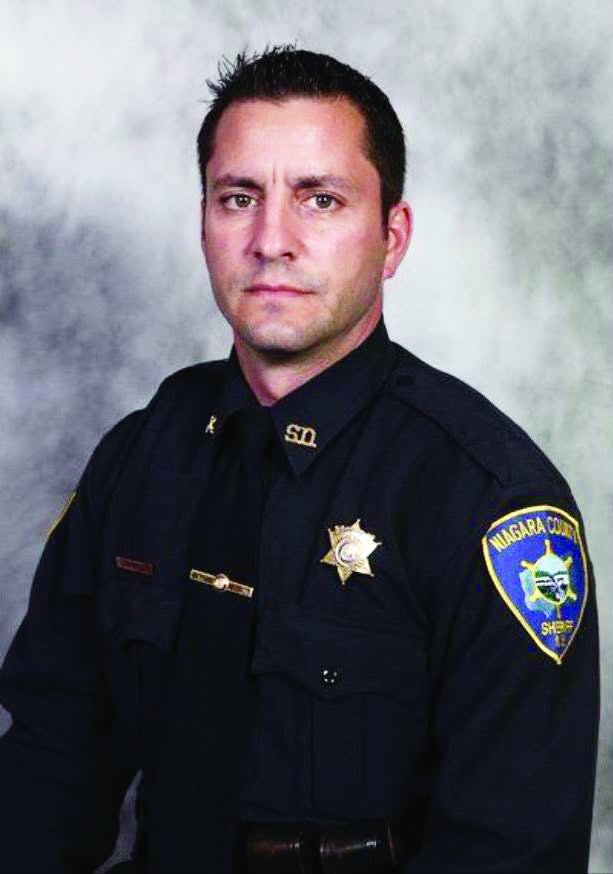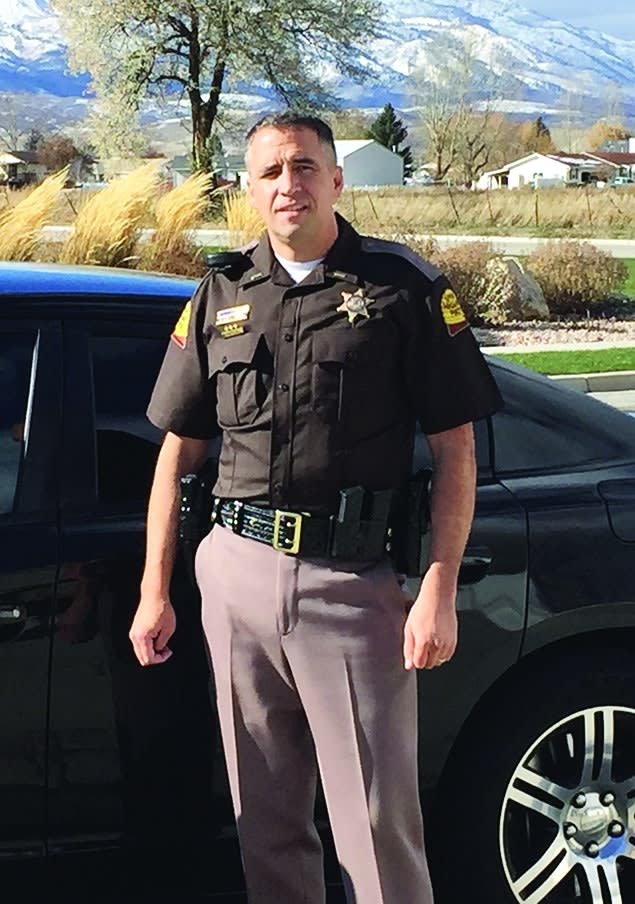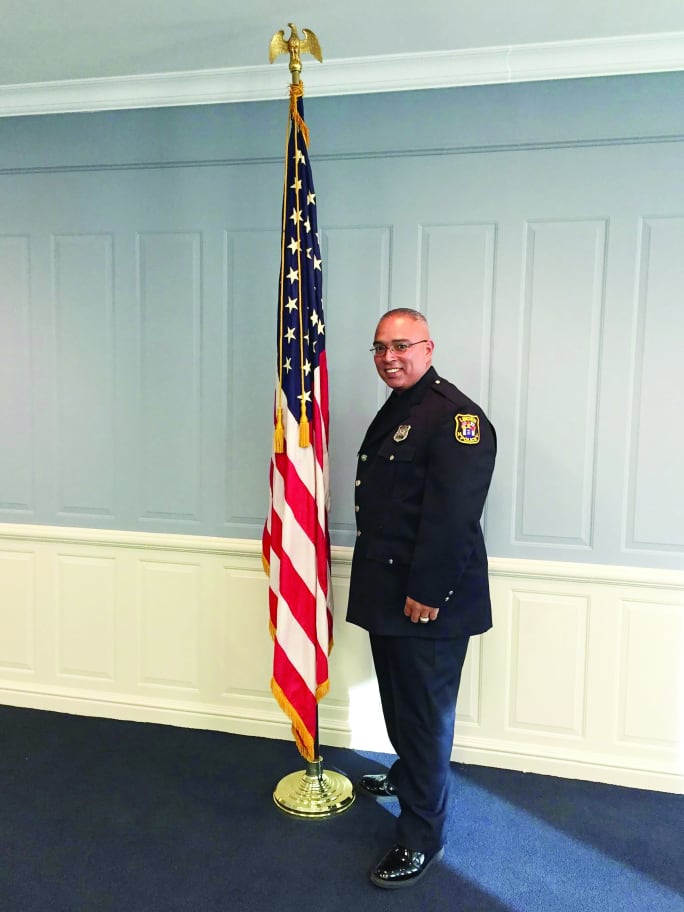Kotter fell backward onto his left hand, breaking bones with the impact. As he was falling, he drew his duty weapon and began returning fire. As he was scooting backward toward his vehicle, two rounds ricocheted off the ground and hit Kotter in the buttocks. He would later find out that one lodged in his abdomen and somehow didn't hit any internal organs. But those rounds didn't stop him. He kept returning fire, emptying his weapon and reloading to stay in the fight.
As Kotter was standing up, Moyer started driving away, and fired two more shots at the sergeant, both of which hit Kotter in the back. His Point Blank Alpha Elite ballistic vest stopped them. "The body armor definitely stopped the bullets that should have entered my chest cavity or upper torso," he says.
Kotter fired two more shots and Moyer drove down the road and crashed his car, then shot and killed himself, according to detectives.
Now a lieutenant, Kotter prides himself on following the officer safety tenets of the Below 100 program, for which he is an instructor. As such, he has been a longtime advocate of wearing body armor. But that day, he was going to attend his son's football game before his shift. He contemplated not wearing his vest because he would be sitting on the bleachers in the hot sun for the game and he didn't anticipate much danger at work that night.
"Ultimately I decided to wear my body armor, because of my ingrained training, even though I was going to be working a low-risk detail," says Kotter. "No one ever gets shot on construction detail, except for now." After his shooting, many people at his agency who had previously been lax about wearing their vests started to wear their armor even when just working in the office. He says it was a wake-up call for the department.

















